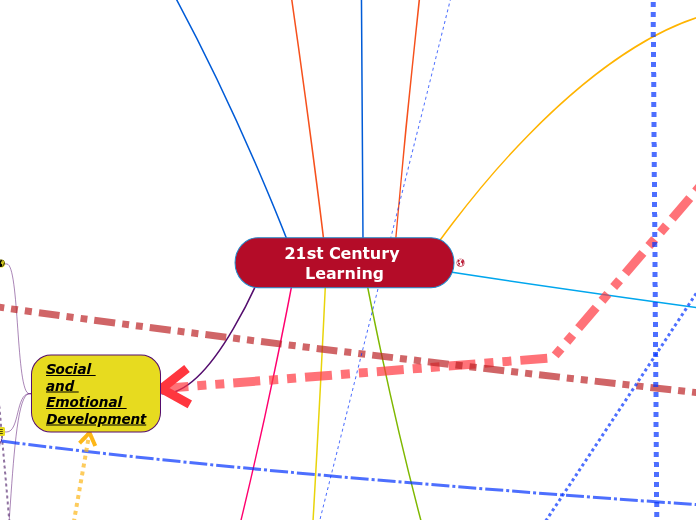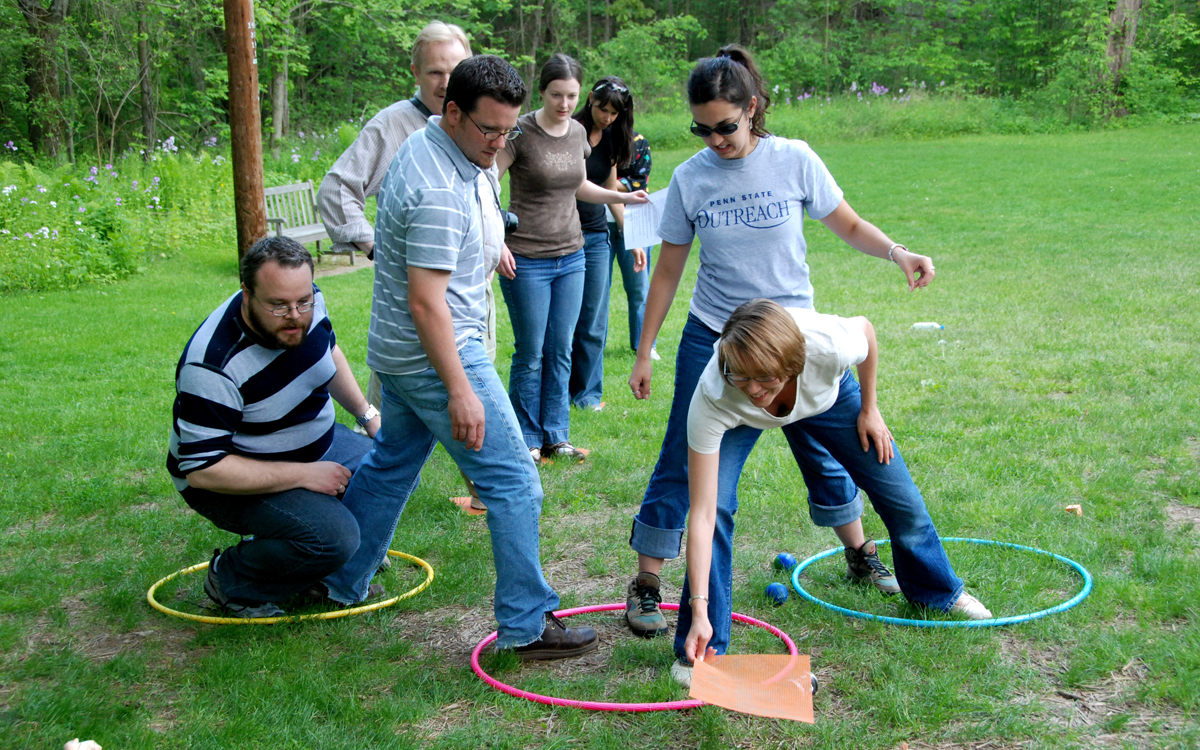
Technology
Real-time collaboration
21st Century Digital Citizenship
Effective use of technology
Cultural awareness
Media Fluency
Information fluency
Cultural Awareness
Quick feedback
Game creation tools
Concept mind map making
Productive Instructional Strategies
A. Conceptual Understanding
& Motivation

Project or Problem-based learning

Inquiry-based Learning

Constructivism

Science Technology Society Environment (STSE)
B. Student-centered instruction
1. Building on & Expanding Student's Prior Knowledge & Experiences
(i) Teaching Students within the Zone of Proximal Development (ZPD)
(ii) Creating a rich environment
2. Personalized lessons
3. Collaborative learning
4. Cognitive Supports
(i) Encourage students to: elaborate, question, and self-explain
(ii) Outlining
(iii) Practice Problem solving & critical thinking
(iv) Teach note taking skills
(v) Provide visual cues & props
(vi) Chunk information
(vii) Acronyms
(viii) Songs, rhymes or rhythms
(ix) Rehearsals & role-playing
(x) Peer tutor
(xi) Graphic Organizers
(xii) Scaffolding
(xiii) Think-pair share
(xiv) Learning groups
(xv) Instructional conversations
5. Learning to form hypotheses, experiment, observe, collect evidence, and frame conclusions
C. Teaching How to Students to Learn
1. Metacognitive strategies
(i) Organizational Tools
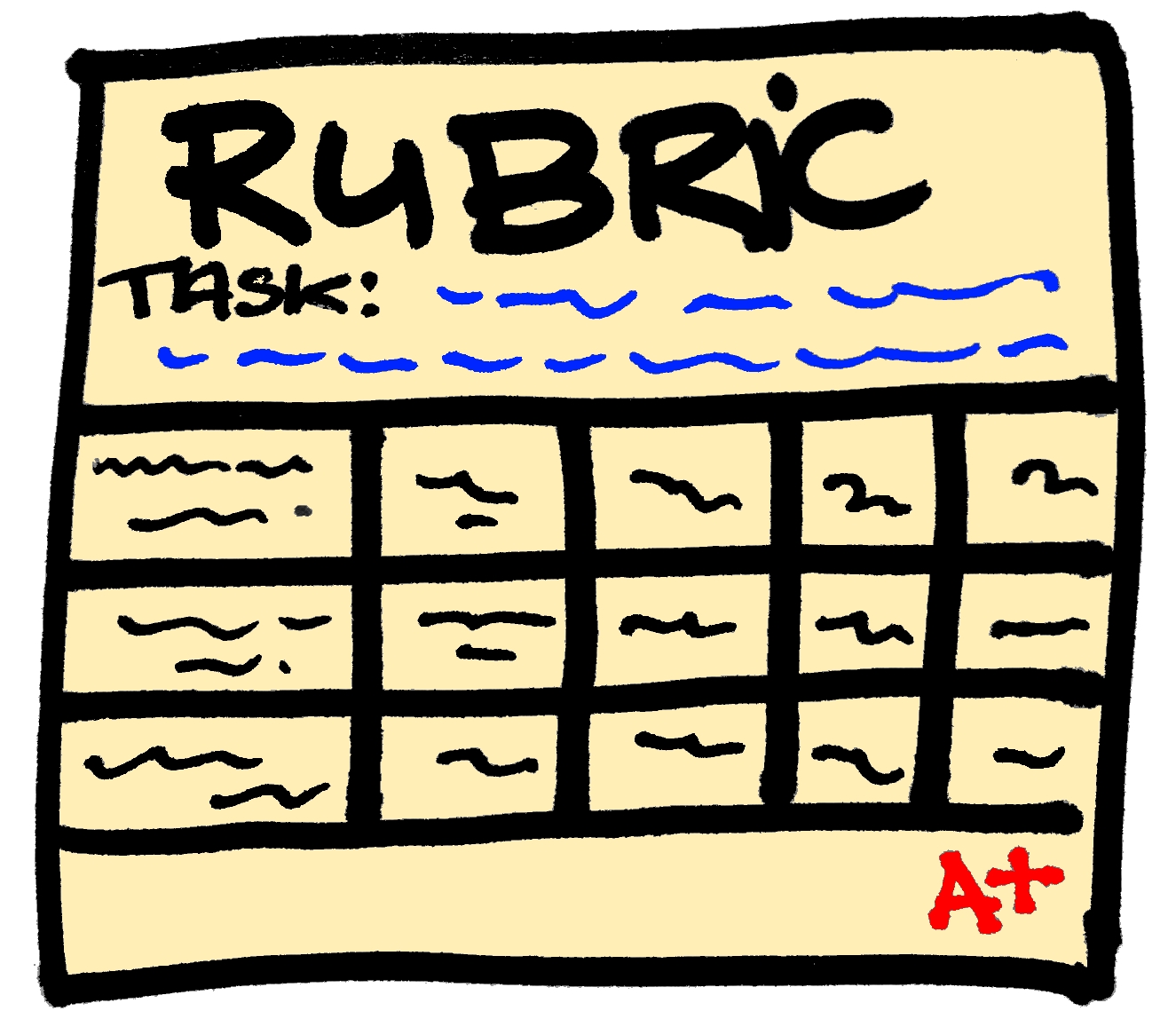
(b) Rubrics

(d) Consistent rules & polices
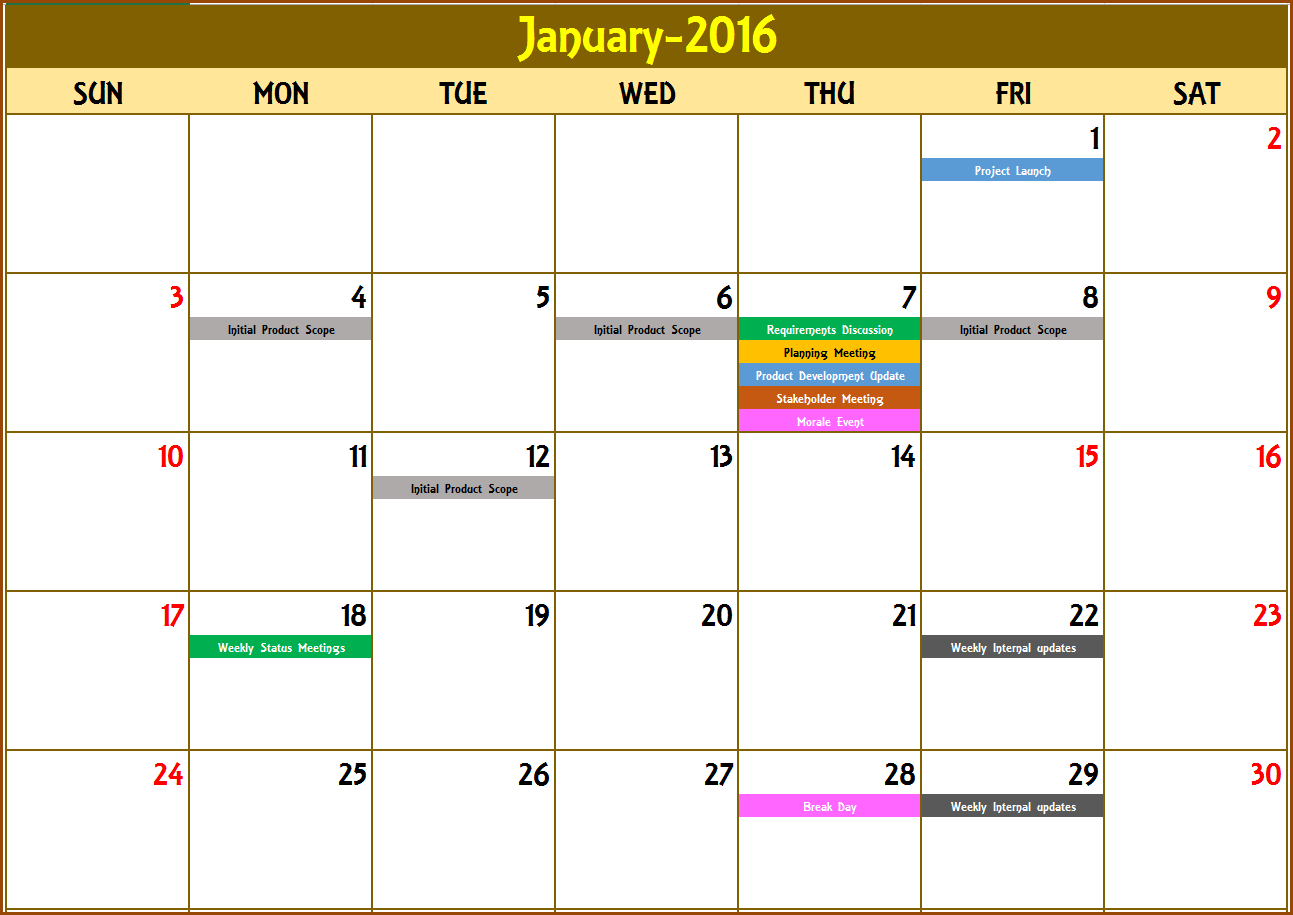
(e) Timelines/Schedules
(f) Graphic Organizers
(g) Create objectives & Goals

(ii) Goal Setting
(iii) Lecture Wrapper
(iv) Think-Alouds
(a) Reading Comprehension

Guided Reading Stratgies
(b) Problem-solving

(c) Role-playing
2. Diagnostic Assesment
3. Formative feedback
(i) Practice
(ii) Revision
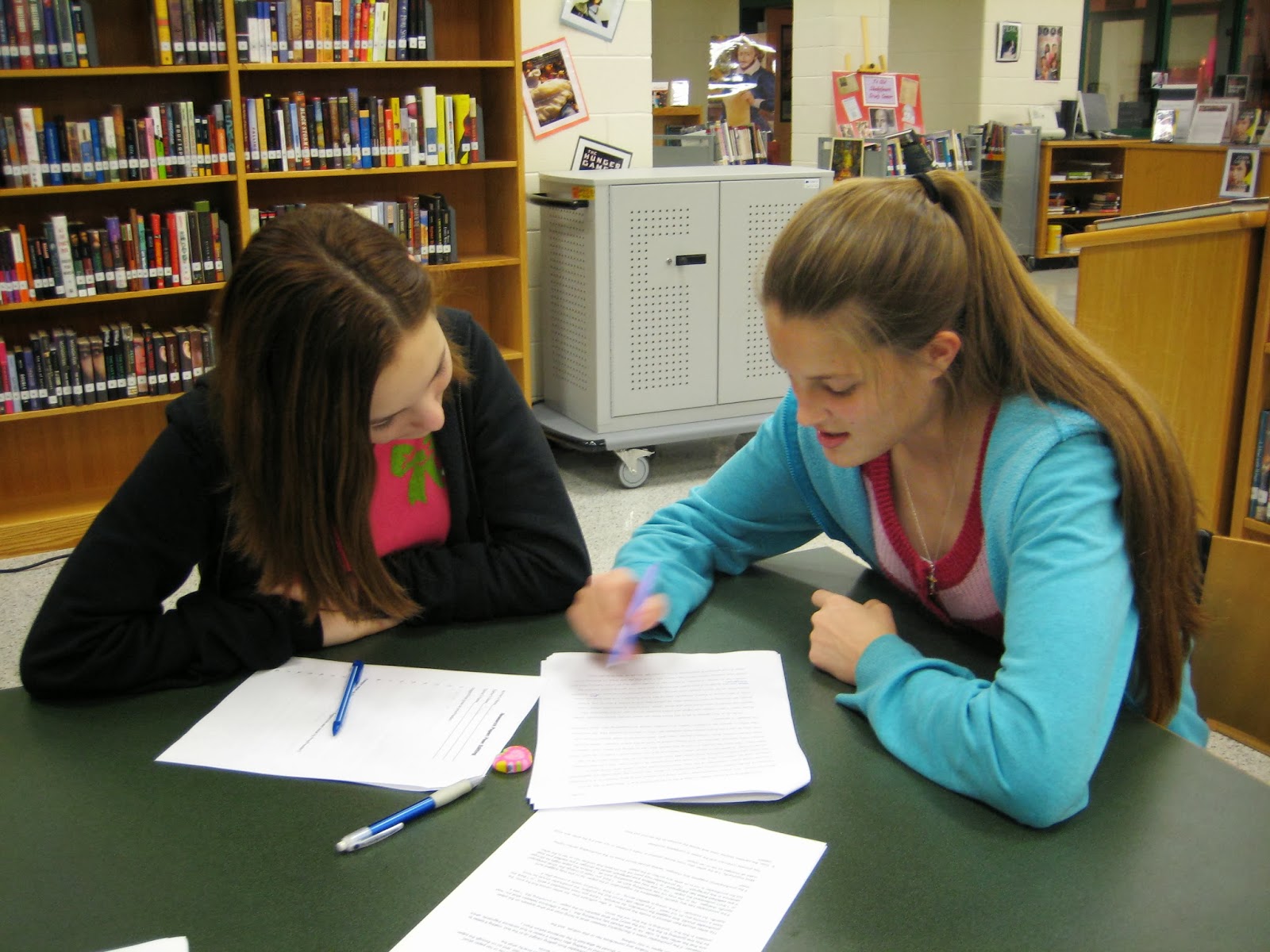
(iii) Peer Editing
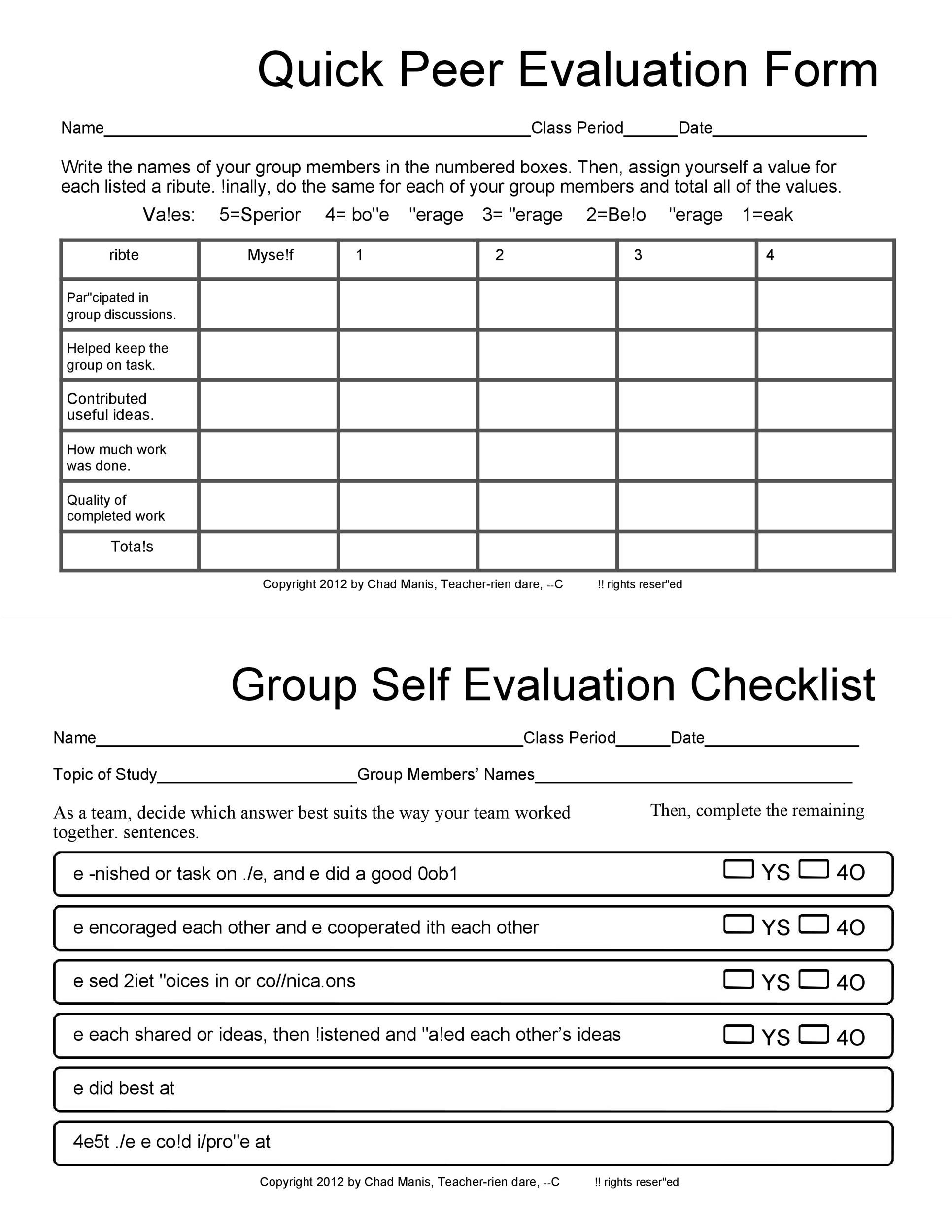
(iv) Self-evaluation/peer-evaluation

4. Modeling & Coaching
(i) Planning
(ii) Monitoring
(iii) Evaluating
5. Guided practice
6. Independent Practice
7. Self-regulate
Assessing Students
Clear & Transparent Goals/Objectives
Relevant & Engaging Tasks
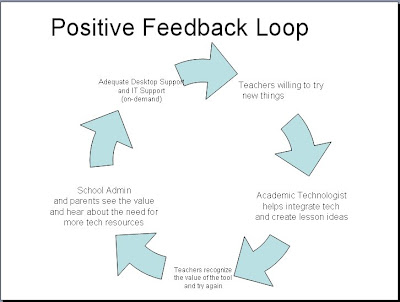
Appropriate/constructive Feedback
Timely Feedback
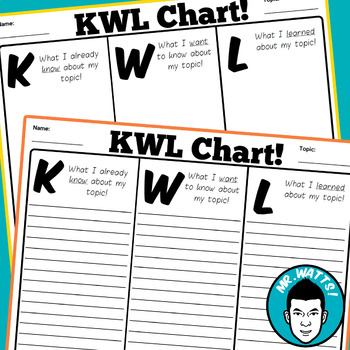
Diagnostic Assessment
Formative Assessment

Teacher observations

Self-evaluation & Peer evaluation

Journals
Quiz
Classroom discussions
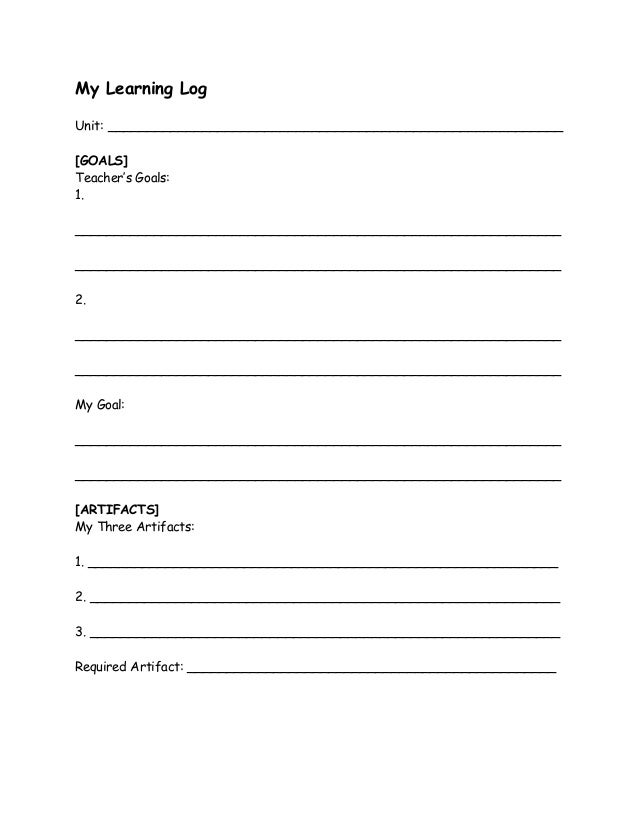
Learning/response logs

Conferencing & reviews

Concept maps/graphic organizers
Summative Assessment
Portfolios
Labs
Assignments
Projects
Quiz/test
Presentation
Performance
Article analysis
Concept maps
Supportive
Environment
1. Classroom Learning Communities

Consistent routines & Policies
Trust building
Leadership
Creative thinking

Cultural awareness
2. Connections among staff & families

Relational trust
Staff collaboration
Staff Competence
Voluntary Associations
School improvement
Integrity
Respect
Personal Regard for Others

Regular parent meetings & visits
Authentic Family Engagement
3. Structures for effective caring
Small class sizes
Looping
Block scheduling
Team teaching
Social
and
Emotional
Development

Intrapersonal skills

Zone of Regulation
Self-efficacy
Responsibility

Learning Style Inventory
2. Development of Habits & Mindsets

Teach executive functions
Develop growth mindset,
self-efficacy, sense of
belonging

Use mindfulness, tools
for stress management
3. Educative & Restorative Behavioural Supports
Teach students behavioural skills
& responsibility
Conflict Resolution
Systems
of
Support
1. Tiered System of Support
2. Coordinated Access to Integrated Services
Special Education Resource Teacher (SERT)
Psychologist
Social Worker
Community Partnerships
Family & Community Engagement

3. Extended Learning Opportunties

Before & After School Enrichment, Mentoring, & Support
Summer Learning Opportunities
Collaborative Communities
Teaching Teams
Advisory systems
Create a professional learning community outside of school

Multiple Intelligences

Blooms Taxonomy
Differentiated Instruction
Scientific Inquiry
Personalized
Creativity & Innovation
Holistic Development
Sustainable Development
Environmental Quality
Social Development
Development in Nature
Restorative and rehabiltative
Effective communication
Multi-disciplinary apporach
Providing students alternatives
Participation
Human Development
Usage of Technology
Create Social Network
Development of Students
Promotes Science
Culture of Development
Impact: family, community,
culture + development,
educational institutions, education,
& technology has on the person
Cognitive or mental
abilities
Language development
Logical thinking
Abstract thinking
Physical abilities
Fine motor skills
Gross motor (whole body)
